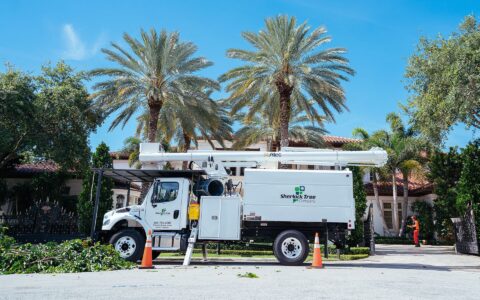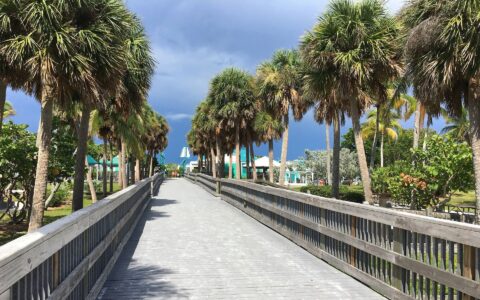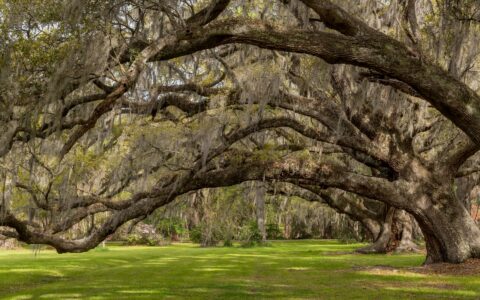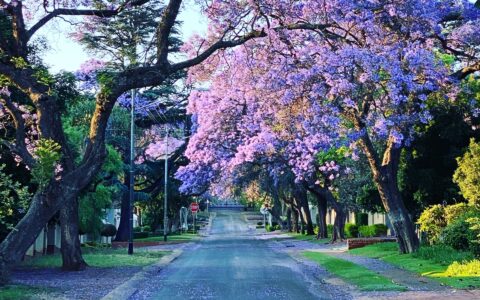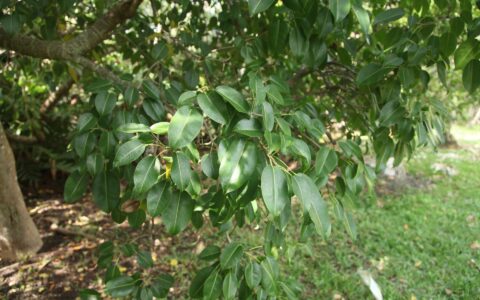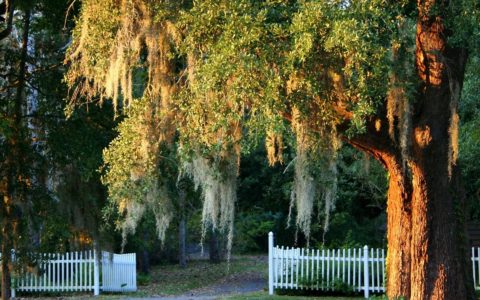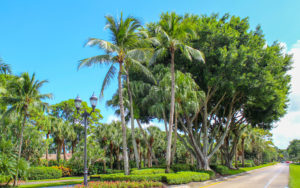Here at Sherlock Tree, we always encourage tree planting. We know the many benefits that trees provide, from providing cleaner air for us to breathe to ensuring higher property values on properties that have mature trees.
However, the one exception to our tree planting encouragement is when it comes to trees that are considered invasive in South Florida. We don’t recommend (and highly caution against) planting any invasive trees, as they can damage your property, the local ecosystem, and even our wildlife.
If you already have any invasive trees on your South Florida property, consider having them removed as soon as possible.
In this article, we will show you how to recognize some of the trees that are considered invasive in South Florida.
What is an Invasive Tree?
Invasive trees are trees that were brought to South Florida from other areas of the world but have overtaken our native plants. Rarely, native plants and trees can become invasive if their spread becomes uncontrolled or if they inhibit other plants’ growth.
While native trees work together with other native plants and local wildlife, invasive trees often harm our native plants and don’t benefit our wildlife.
Even if you didn’t plant an invasive tree, the very nature of invasives means that they can find other ways of spreading to your property. Seeds can be carried by birds and other wildlife, strong winds, and ocean currents or may be hiding in compost piles.
Below are some of the worst offenders when it comes to invasive trees found in South Florida.
 Melaleuca or Paperbark Tree (Melaleuca quinquenervia)
Melaleuca or Paperbark Tree (Melaleuca quinquenervia)
Melaleuca or paperbark trees are protected in their native Australia, but they have become a menace in South Florida. In fact, they are banned by regional, state, and federal agencies in the United States.
Paperbark trees are so called because of their bark, which peels off in layers of white, brown, or tan. Growing up to 100 feet tall, melaleuca trees have white flowers that resemble bottle brushes, and seed capsules that can contain up to 300 seeds each.
Learn more about melaleuca trees on the Coastal Gardens website >>
 Brazilian Pepper Tree (Schinus Terebinthifolia)
Brazilian Pepper Tree (Schinus Terebinthifolia)
Also mentioned in our article about toxic, allergenic, and poisonous trees in Florida, Brazilian pepper trees are most easily recognized by their red berries.
Sometimes called the Florida holly or the Christmas berry tree, the Brazilian pepper tree is considered a Class 1 prohibited aquatic plant and also a noxious weed in Florida, which means it is against the law to sell or plant this tree.
However, that doesn’t mean that the number of Brazilian pepper trees is decreasing. This small, shrub-like tree is estimated to cover over 700,000 acres across Florida.
And in the short time that it’s been in our state, it has caused a lot of damage. It prevents the growth of native plants, harms (and even kills) birds, and can make livestock sick.
Learn more about Brazilian pepper trees on the Coastal Gardens website >>
 Mimosa, Persian Silk Tree, Pink Silk Tree (Albizia julibrissin)
Mimosa, Persian Silk Tree, Pink Silk Tree (Albizia julibrissin)
The mimosa tree is known for its fairy-like small flowers and fern-like foliage. Despite being beautiful, however, this small invasive tree has become harmful.
Mimosa trees are taking over native areas, especially roadways or areas that have been cleared (like new construction sites).
There is a disease called mimosa wilt that has killed off some mimosa trees, but, despite this, there are still a large number of mimosa trees in Florida, many of them diseased and not looking well.
If you like the look of mimosa trees, consider natives like red bottlebrush or sweet acacia trees instead.
Mimosa tree information from the University of Florida >>
 Chinese Tallow (Sapium sebiferum)
Chinese Tallow (Sapium sebiferum)
Known also as the popcorn tree, Chinese tallow trees can be identified by their leaves that sometimes resemble hearts and turn red, orange, or yellow in the fall. The popcorn nickname comes from the seeds, which emerge from a capsule in groups of three.
Chinese tallow trees have milky sap. You can spot this sap by breaking a leaf or twig.
Like other invasive trees, Chinese tallow is able to reproduce and spread quickly. Thanks to the popcorn-like seeds, Chinese tallow has spread across our state. One tree can produce 100,000 seeds in a year, so it’s easy to see why many new Chinese tallow seedlings are emerging.
Learn more about Chinese tallow trees on the Coastal Gardens website >>
 Australian Pine (Casuarina equisetifolia)
Australian Pine (Casuarina equisetifolia)
Australian pines were originally brought to South Florida because they tolerated salt well and were used as coastal plantings to provide shade and windbreak.
However, Australian pines now take over our native trees and plants. The litter created by the needles falling from Australian pines can prevent other plants from growing.
Australian pines are classified as a noxious weed by the State of Florida, prohibiting any further planting of this tree.
Australian pine tree information from the University of Florida >>
 Surinam Cherry (Eugenia uniflora)
Surinam Cherry (Eugenia uniflora)
Surinam Cherry is another tree considered invasive in South Florida. This shrub or small tree has small berries that look like pumpkins, which explains why it was a popular landscape choice for many years.
Just as with other trees now considered invasive, however, Surinam cherry trees have taken over native areas and displaced our native plants.
Surinam Cherry tree information from the University of Florida >>
Other Invasives in South Florida
Though the trees listed in this article are some of the most common invasive trees in South Florida right now, they are not the only invasives to be aware of.
When adding new trees to your property, we recommend planting native trees whenever possible.
How to choose the best tree for your South Florida property >>
It’s also a good idea to familiarize yourself with other invasive trees, plants, and vines that are common in South Florida and throughout the rest of the state.
View a list of invasive plants, weeds, and other problem plants >>
Controlling and Removing Invasive Trees
If you find any invasive trees on your property and decide it is best to remove and/or replace them, contact Sherlock Tree to schedule a professional tree removal.
The tree professionals at Sherlock Tree have the knowledge, equipment, and experience to safely remove any of these trees and can suggest what to plant instead.
Call Sherlock for quality tree services
Whether you're looking for specific tree care services, such as palm trimming, tree removal, or disease treatments, or would like one of our Arborists to examine your trees to identify any issues and recommend options, we're always here for you! Just give us a call at 954-788-4000 to set up an appointment.
SEE MORE ARTICLES
Looking for more?
We've got you covered with a monthly newsletter full of tips, resources, updates, how-to's, and other helpful information about trees and landscapes in South Florida!

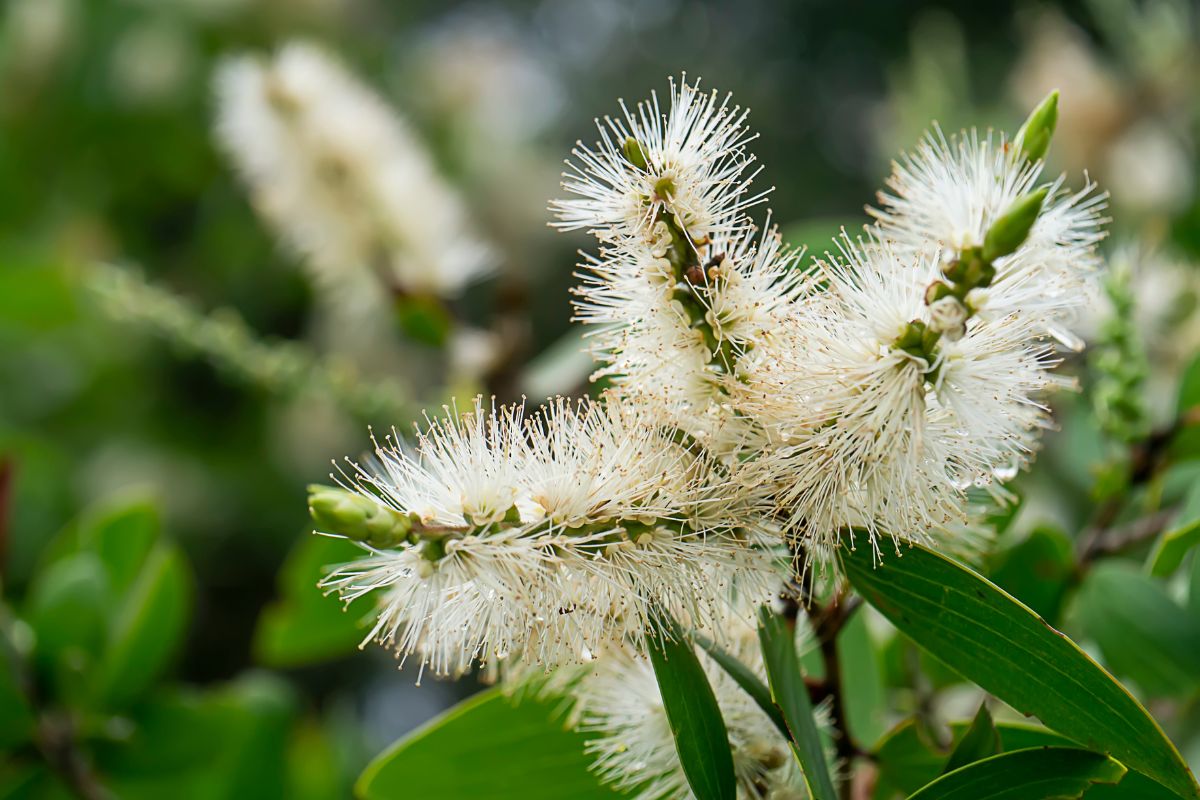 Melaleuca or Paperbark Tree (Melaleuca quinquenervia)
Melaleuca or Paperbark Tree (Melaleuca quinquenervia)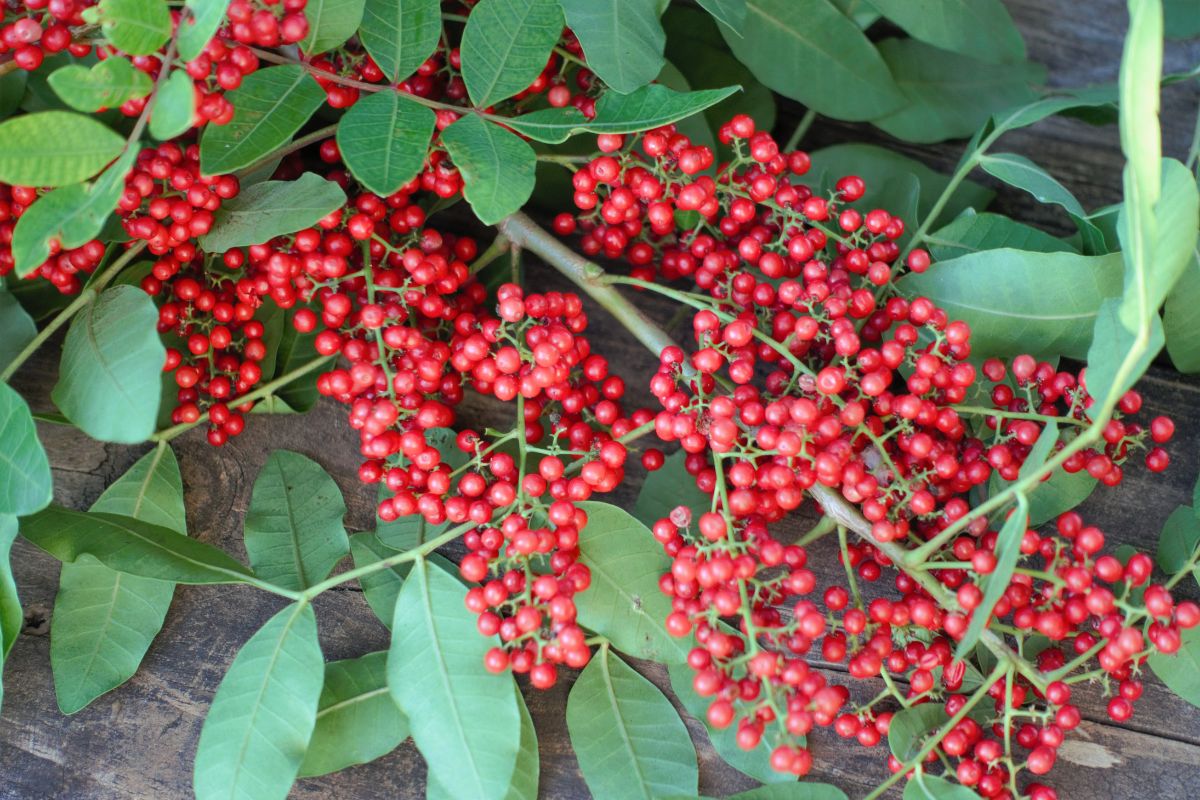 Brazilian Pepper Tree (Schinus Terebinthifolia)
Brazilian Pepper Tree (Schinus Terebinthifolia)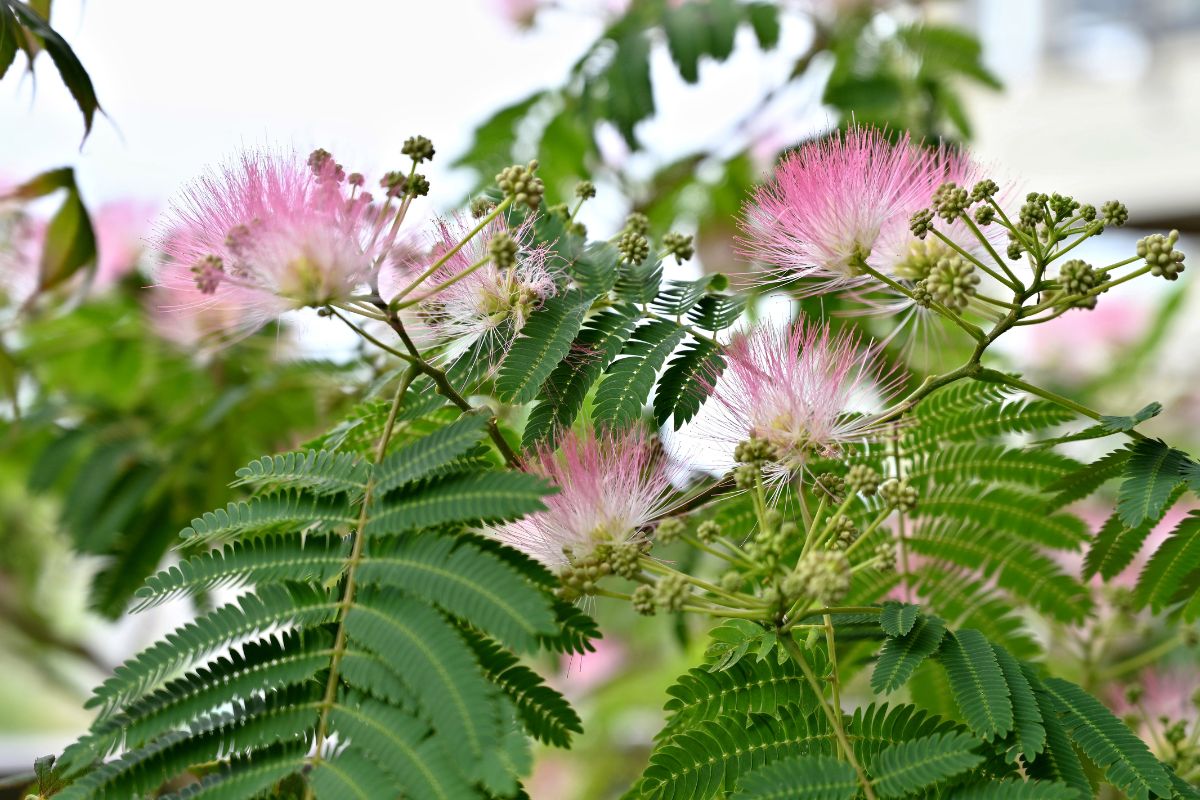 Mimosa, Persian Silk Tree, Pink Silk Tree (Albizia julibrissin)
Mimosa, Persian Silk Tree, Pink Silk Tree (Albizia julibrissin)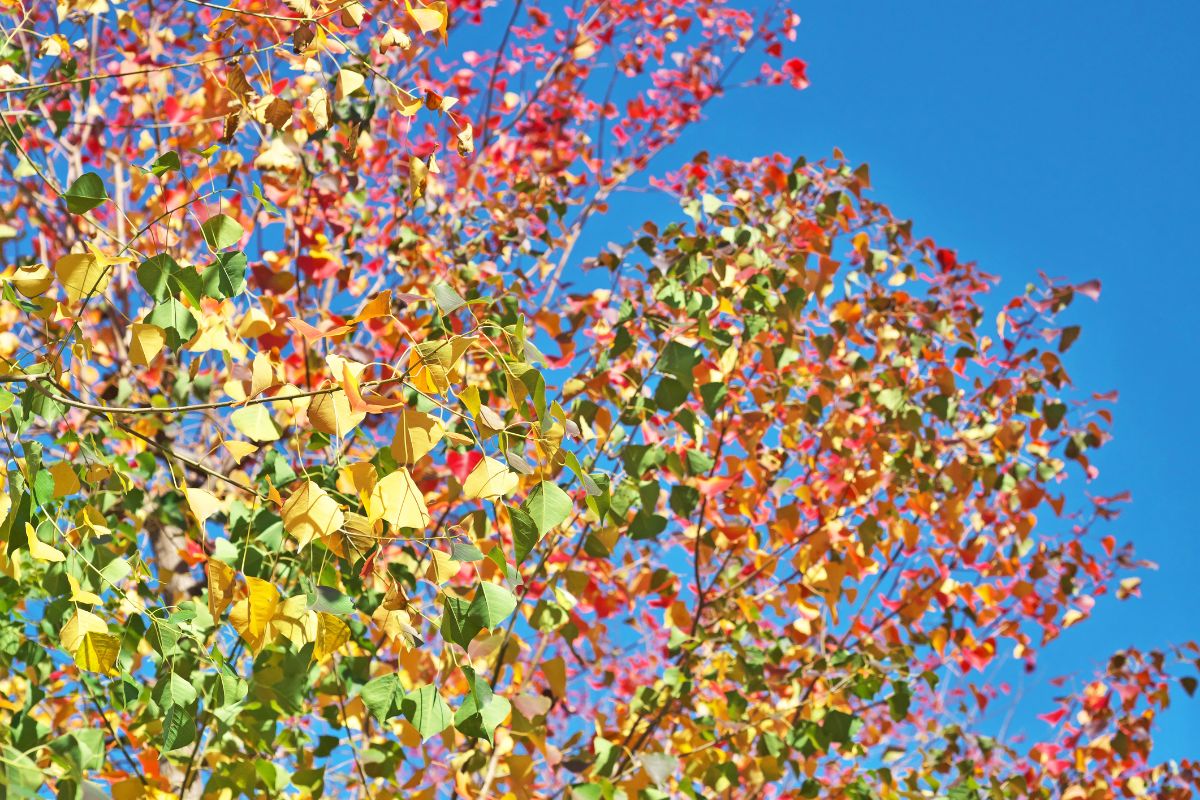 Chinese Tallow (Sapium sebiferum)
Chinese Tallow (Sapium sebiferum)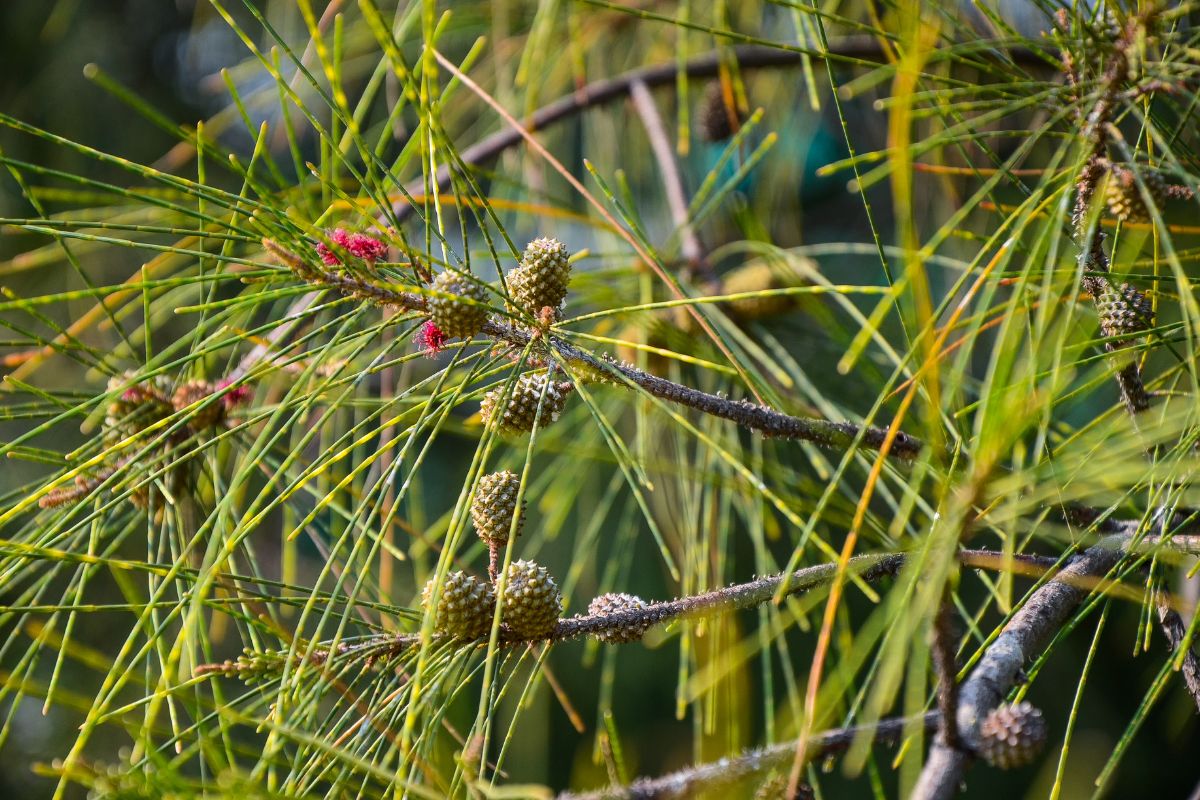 Australian Pine (Casuarina equisetifolia)
Australian Pine (Casuarina equisetifolia)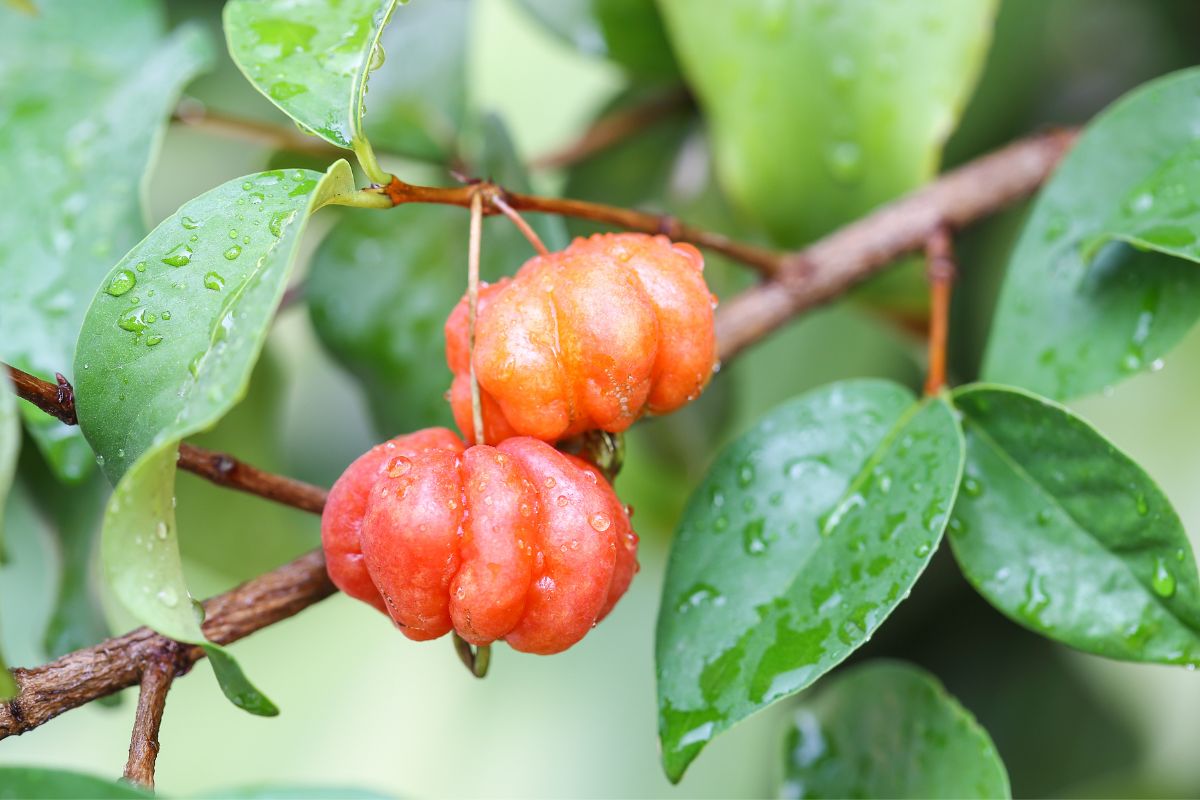 Surinam Cherry (Eugenia uniflora)
Surinam Cherry (Eugenia uniflora)